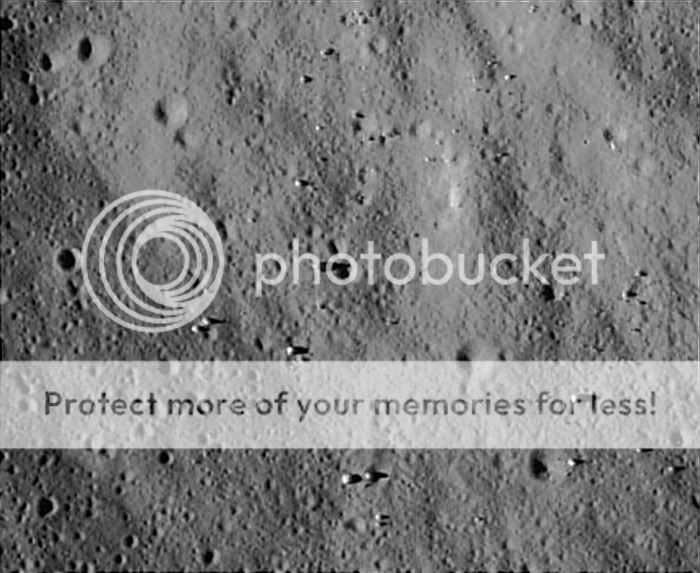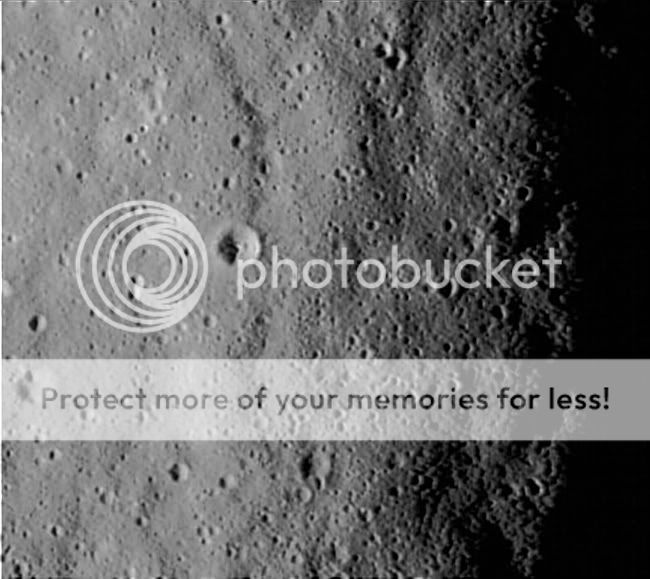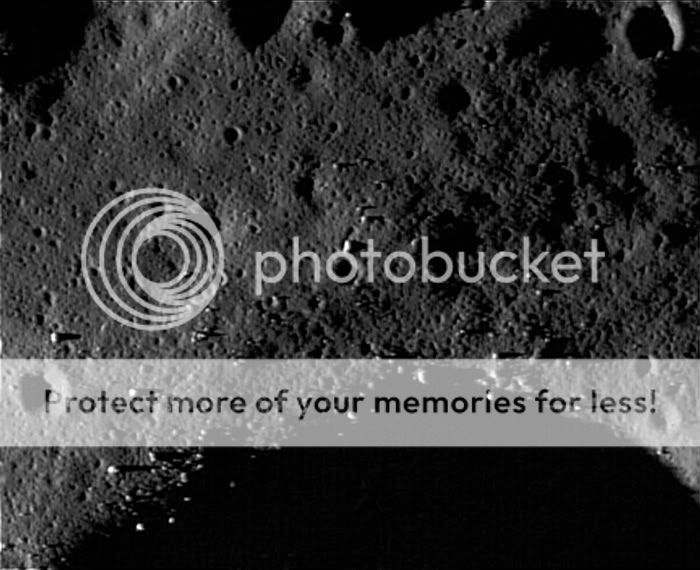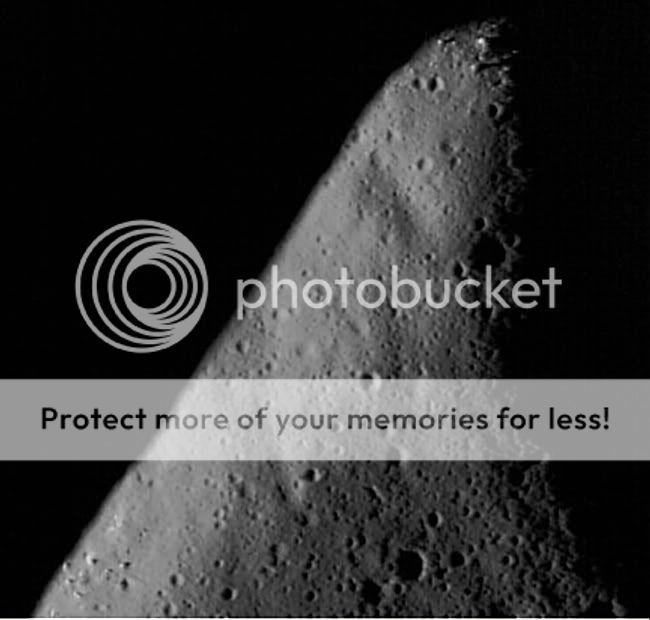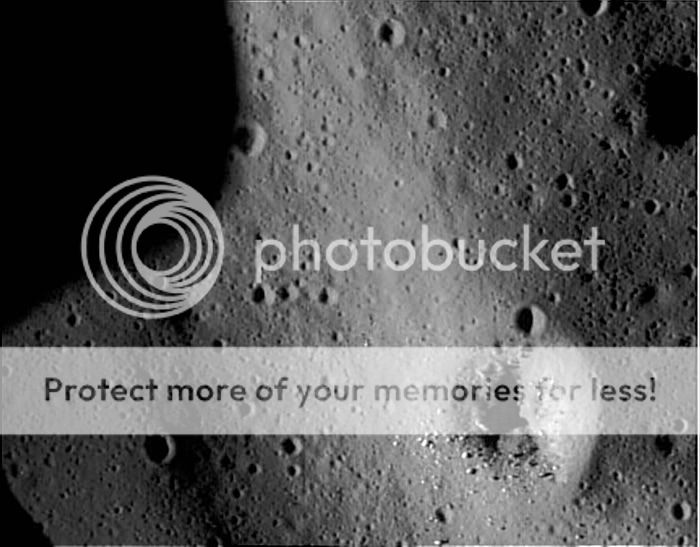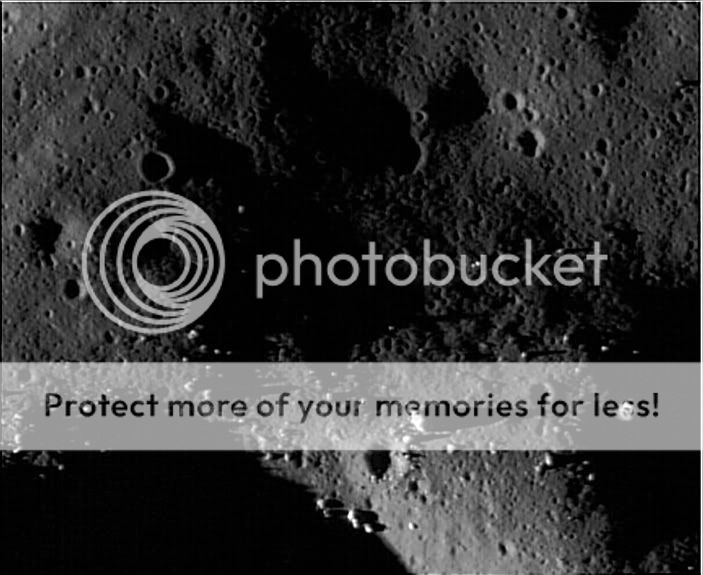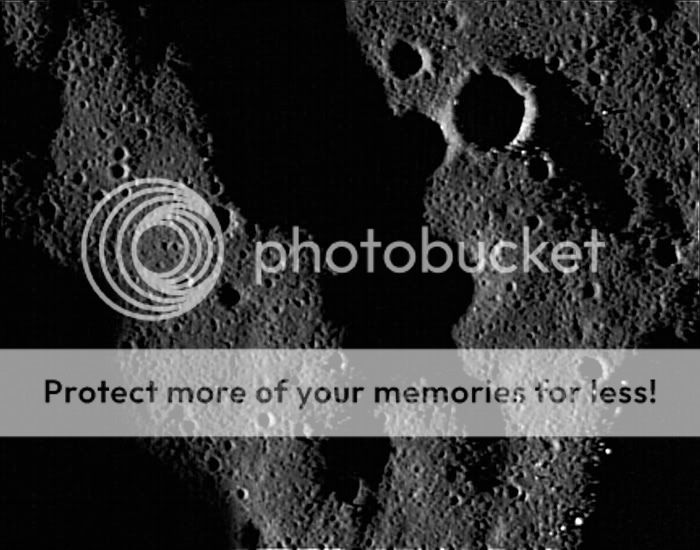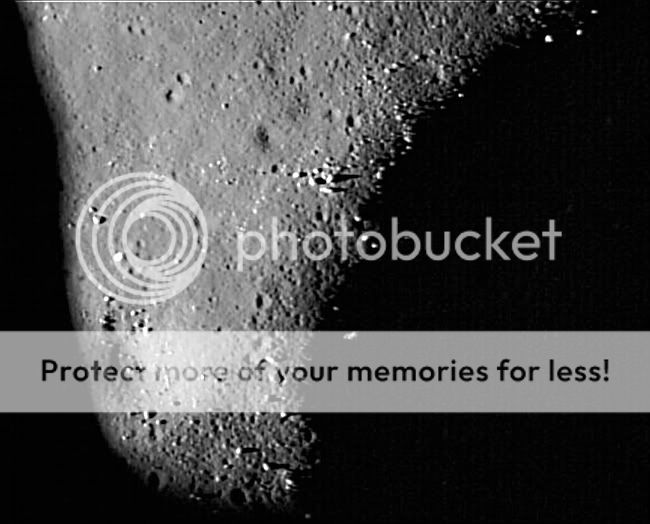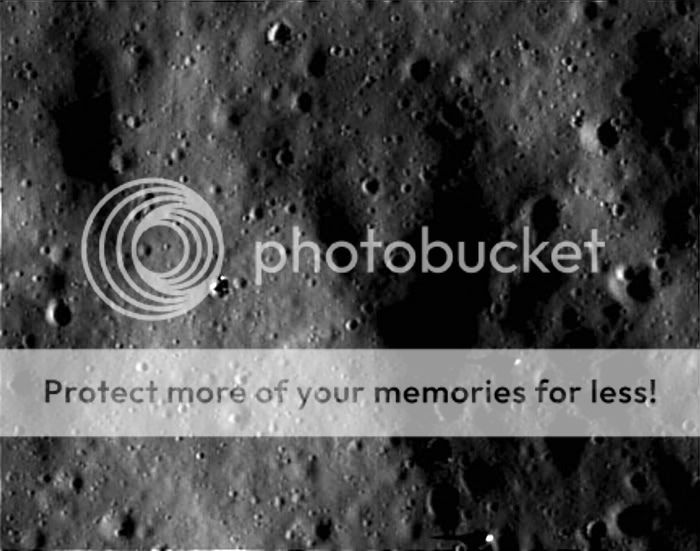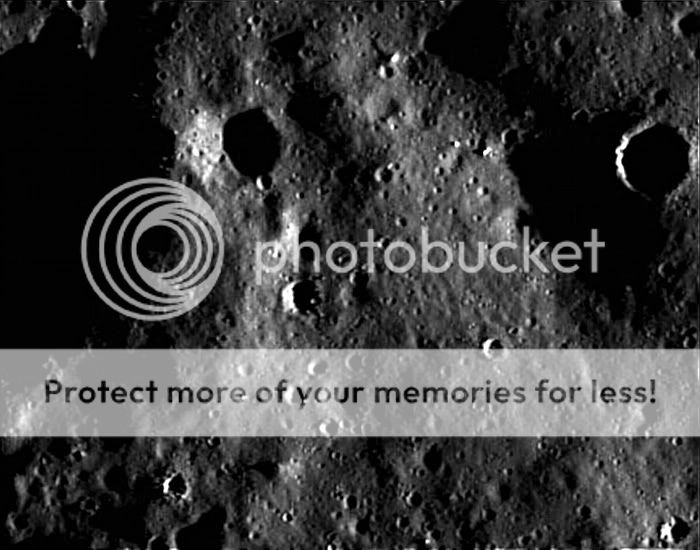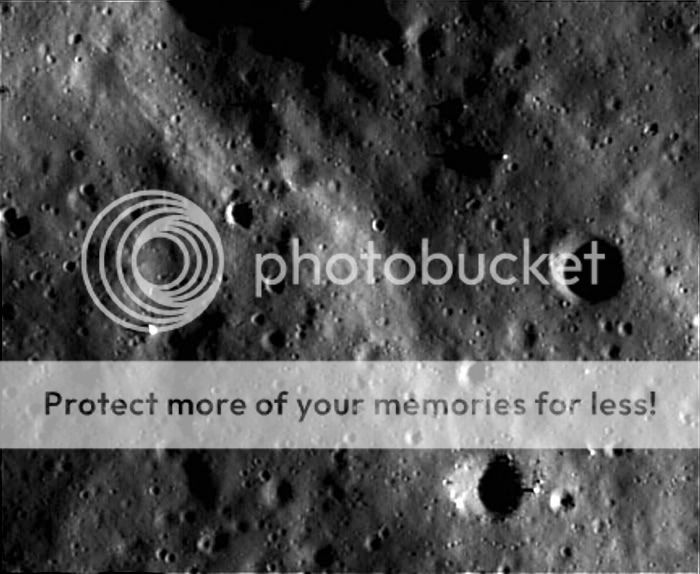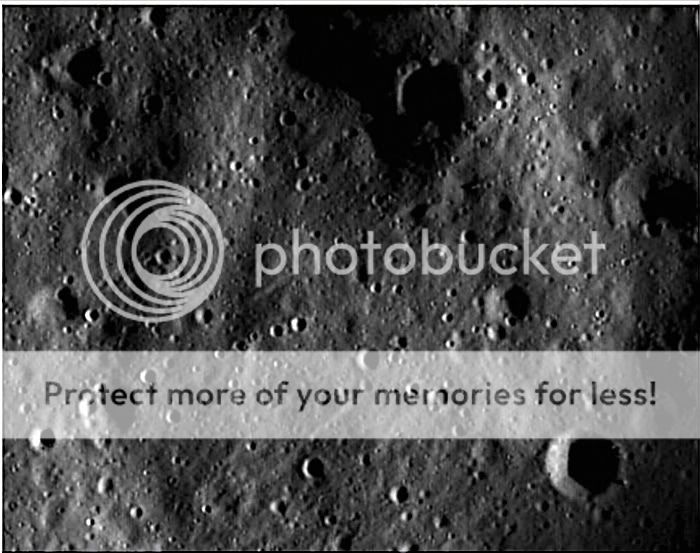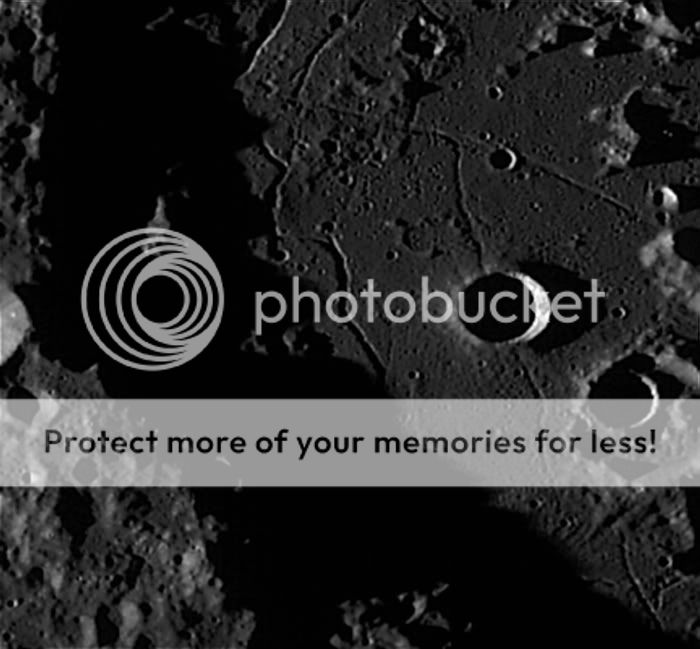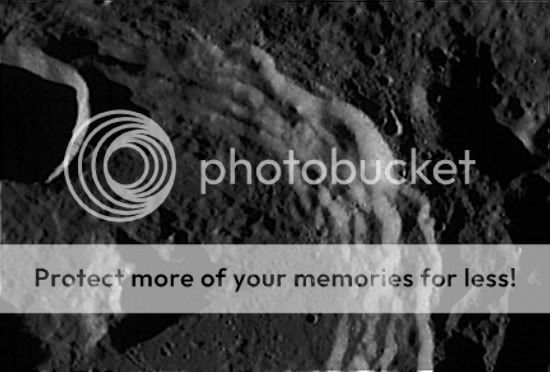Re: LRO/LCROSS Mission
MeteorWayne":3d5rely7 said:
Very interesting linear striations in the 3rd and 4th images. While the ones in the 3rd could be scan line artifacts, the curved ones in the 4th surely aren't. I'm scratchin' my head!
Thank you Wayne, I'm glad you like these images.
They take time to do, i.e. find interesting frames, then zoom in & find interesting terrain to crop, reorientate them if needed, enlarge (these on this thread only a little), sharpen, adjust contrast if needed (these have not really needed much), then post them to a hosting site, then link them to here.
I have taken on board what you have said & have taken a closer look myself. In image #3 IMO, the striations look real, more or less following a fairly level patch of ground. That patch of ground along with the others except image #1 are 1.86 KM / 1.15 miles wide, so really it is a small area (image #1 is approx 10 KM / 6.21 miles wide).
What I find really interesting about yesterday's (Tsinger Crater) & today's offerings is that IIRC these are the highest resolution images of the lunar farside obtained. Also today, so far north in the lunar arctic, almost 87 North & on the far side to boot.
The Apollo CM & the five pre Apollo lunar orbiters all had perilune over the nearside equatorial regions, because obviously that was where the Apollo landing sites were (Apollo 15 landed furthest from the lunar equator @ approx 26 deg 6' North), Clementine, mapped the moon in it's entirety at the same resolution, though not nearly as sharp as these.
The possible exception to date is the Kaguya / Selene from JAXA with the Terrain Camera, though I do not think JAXA has released everything as yet.
However, when LRO reaches the science orbit next month, then even these images will appear crude & low resolution to the LROC NAC.
Hopefully we will see a full list of intended targets for said instrument, though the few already announced are very exciting & interesting. For me the
Ina D caldera really does it, though the other selections are pretty amazing.
Below. Ina D caldera which is 3 KM wide as imaged by Apollo 17 CM America.
Whilst many people seem excited about LROC NAC imagery of the Apollo sites & yes I agree that it will be great to see some of our hardware again, some it left behind by the Apollo astronauts, after so long, but for me the biggest draw, is the fact we will get to see many locations on the moon at a level of detail, never accomplished before.
Andrew Brown.



